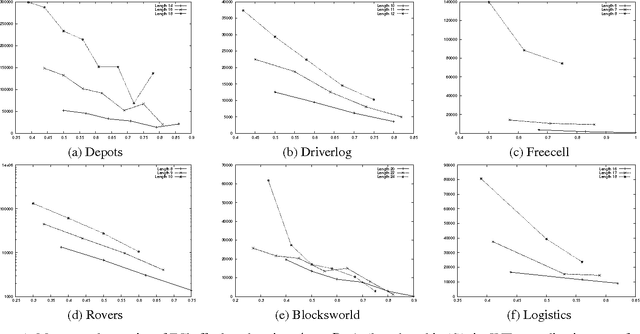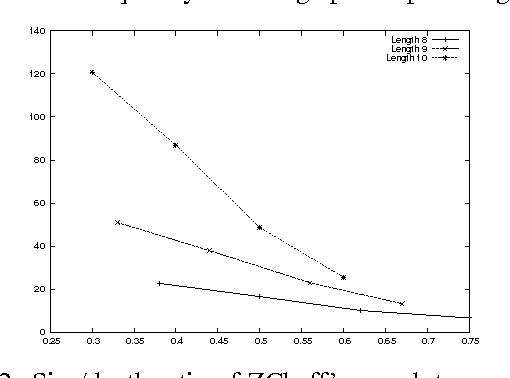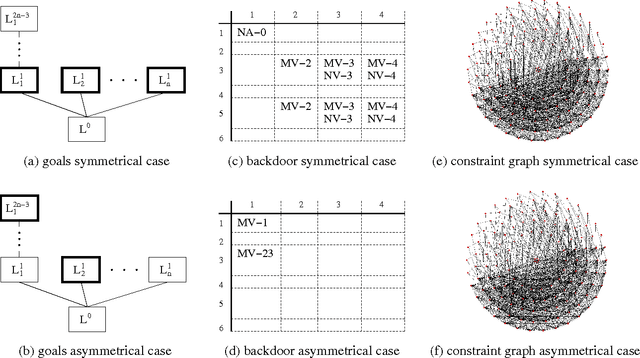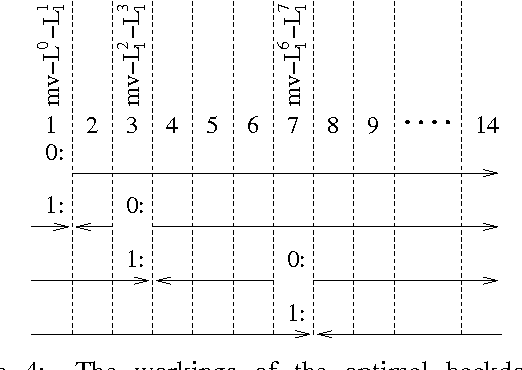Structure and Problem Hardness: Goal Asymmetry and DPLL Proofs in<br> SAT-Based Planning
Paper and Code
Feb 26, 2007



In Verification and in (optimal) AI Planning, a successful method is to formulate the application as boolean satisfiability (SAT), and solve it with state-of-the-art DPLL-based procedures. There is a lack of understanding of why this works so well. Focussing on the Planning context, we identify a form of problem structure concerned with the symmetrical or asymmetrical nature of the cost of achieving the individual planning goals. We quantify this sort of structure with a simple numeric parameter called AsymRatio, ranging between 0 and 1. We run experiments in 10 benchmark domains from the International Planning Competitions since 2000; we show that AsymRatio is a good indicator of SAT solver performance in 8 of these domains. We then examine carefully crafted synthetic planning domains that allow control of the amount of structure, and that are clean enough for a rigorous analysis of the combinatorial search space. The domains are parameterized by size, and by the amount of structure. The CNFs we examine are unsatisfiable, encoding one planning step less than the length of the optimal plan. We prove upper and lower bounds on the size of the best possible DPLL refutations, under different settings of the amount of structure, as a function of size. We also identify the best possible sets of branching variables (backdoors). With minimum AsymRatio, we prove exponential lower bounds, and identify minimal backdoors of size linear in the number of variables. With maximum AsymRatio, we identify logarithmic DPLL refutations (and backdoors), showing a doubly exponential gap between the two structural extreme cases. The reasons for this behavior -- the proof arguments -- illuminate the prototypical patterns of structure causing the empirical behavior observed in the competition benchmarks.
 Add to Chrome
Add to Chrome Add to Firefox
Add to Firefox Add to Edge
Add to Edge